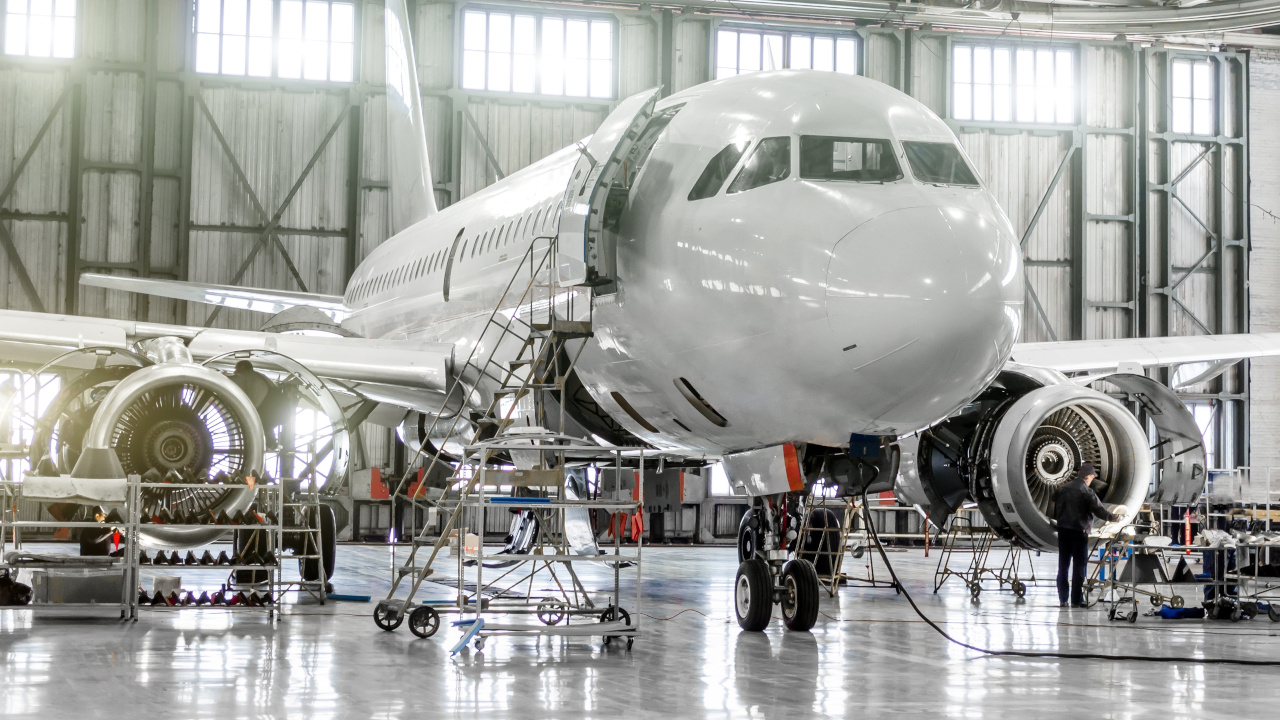

System for automatic visual inspection of aircraft skin

The project was divided into several stages. In the first stage, the focus was on developing a sensor system to be mounted on the drone, allowing for the detection of relatively small damages on the aircraft’s surface, known as dents, with a depth of less than 1 millimeter and a diameter not exceeding 5 millimeters.
In the second stage, very accurate 3D models of single-aisle aircraft, which were to be inspected, were developed. The models were created based on technical documentation and real Lidar-3D scans of actual aircraft. As a result, 14 models of the most commonly used aircraft from Airbus, Boeing, and Embraer were created.
In the third stage, a dedicated drone design for flights in enclosed spaces was prepared, equipped with a specialized set of vision sensors and an appropriate lighting system. Using this drone, the surfaces of real objects – parts of aircraft – were scanned, and algorithms for the detection and measurement of selected damages, such as cracks and dents, were implemented. The behavior of the algorithm was analyzed on different types of surfaces and in various locations on the aircraft.
The research work was performed on behalf of Linetech S.A., which was the direct beneficiary of the NCBiR funding.